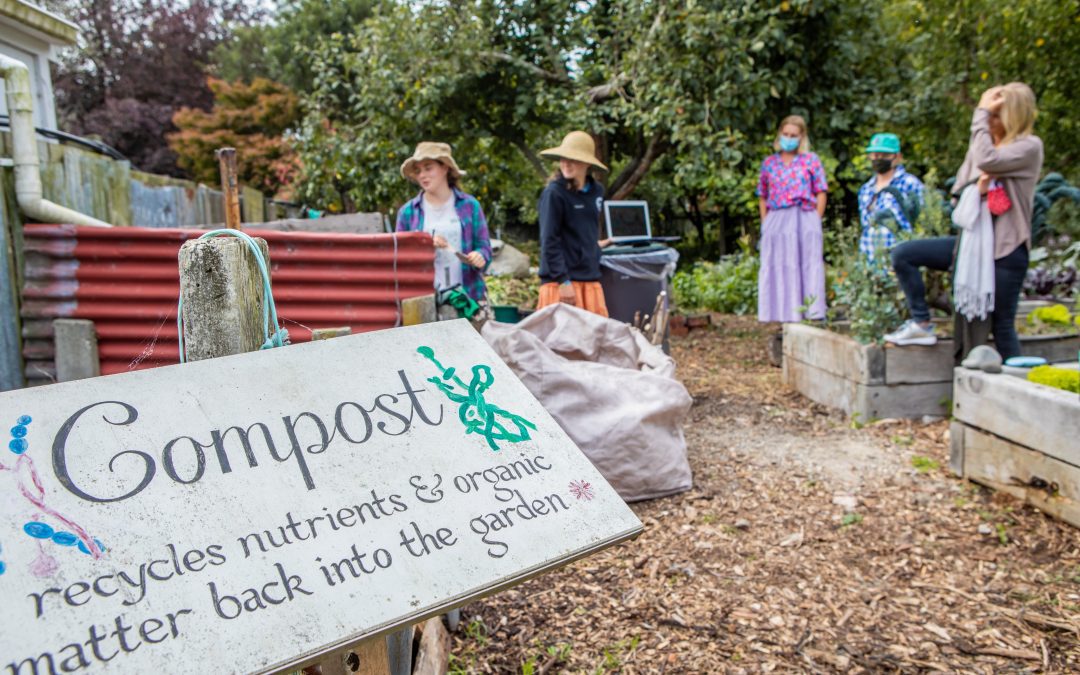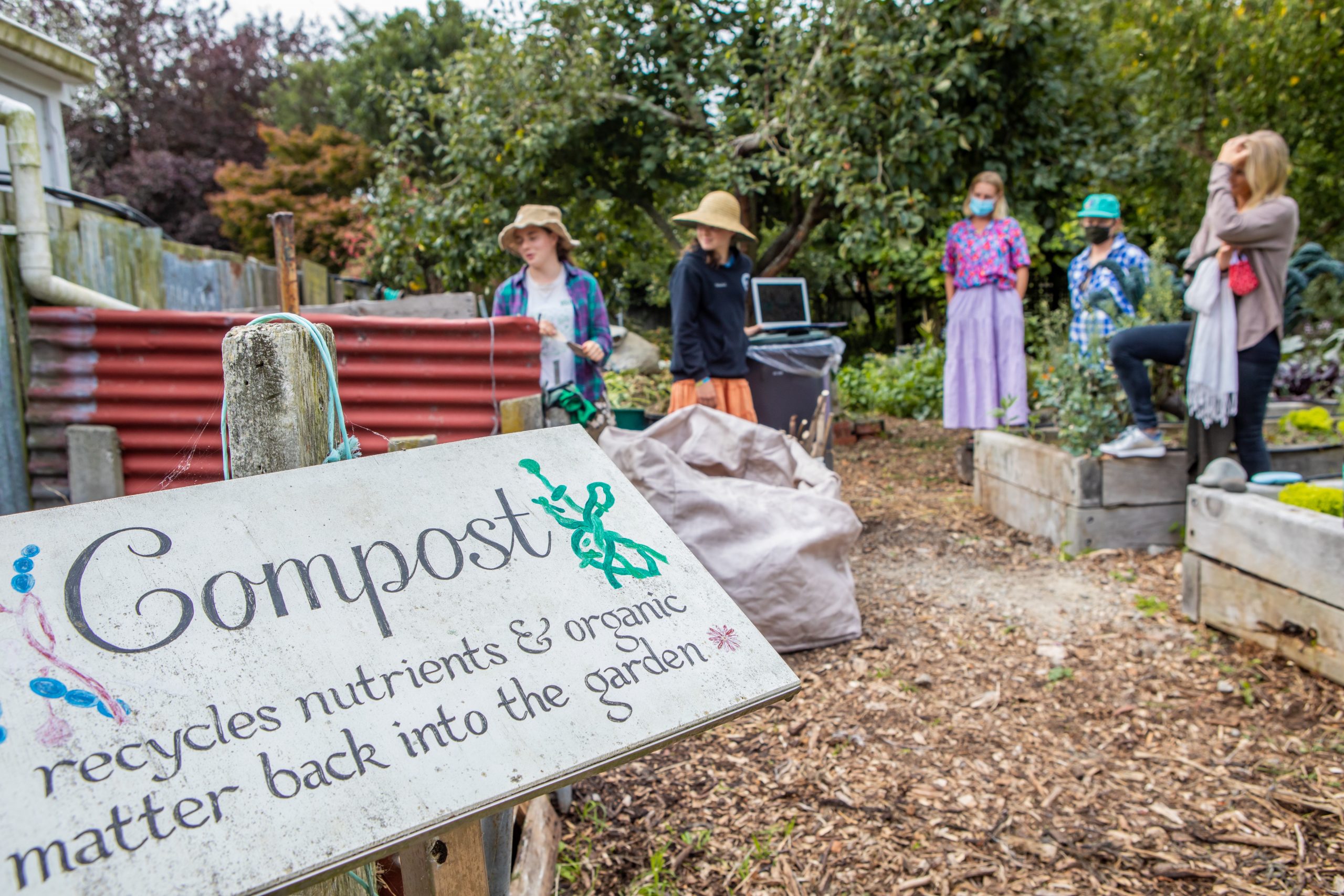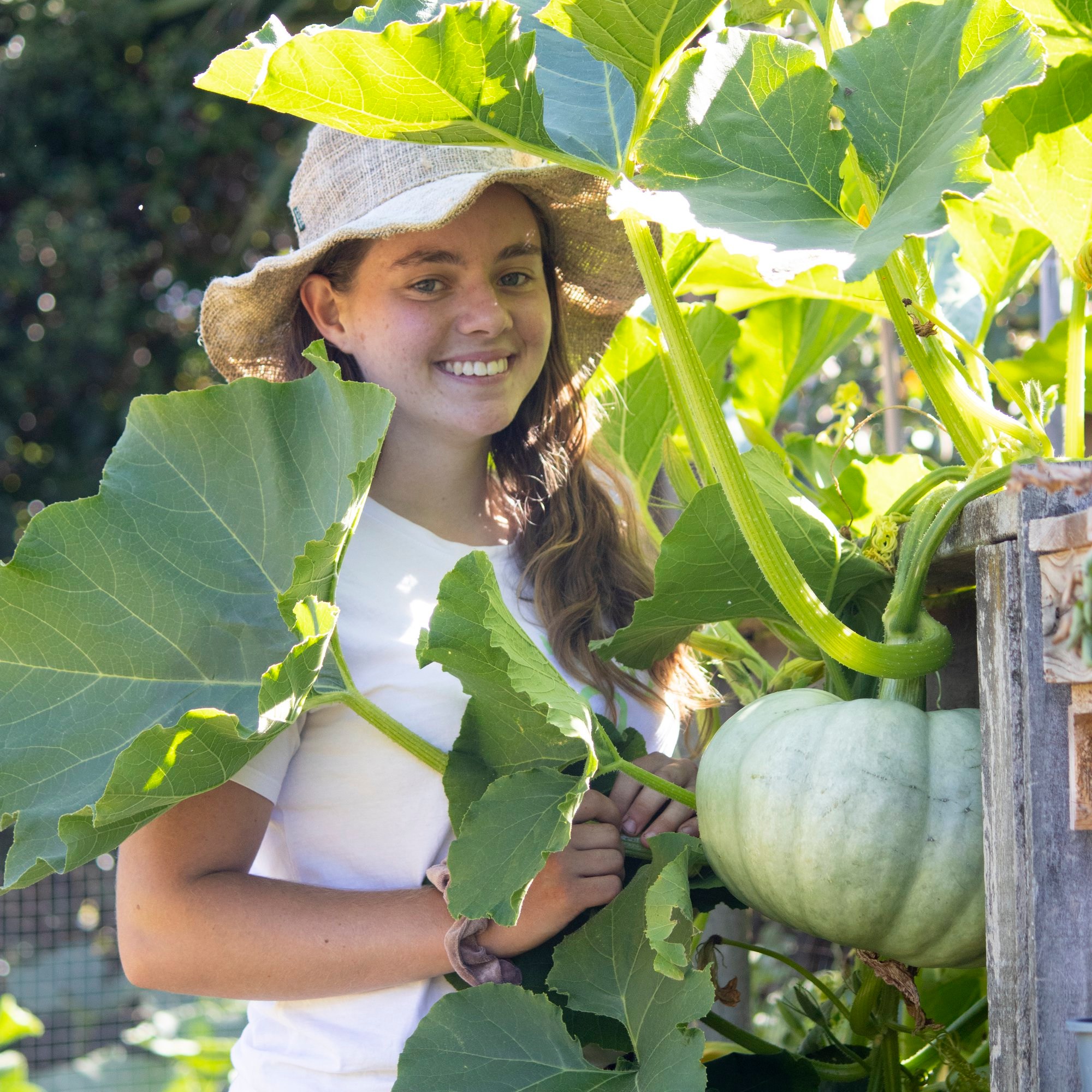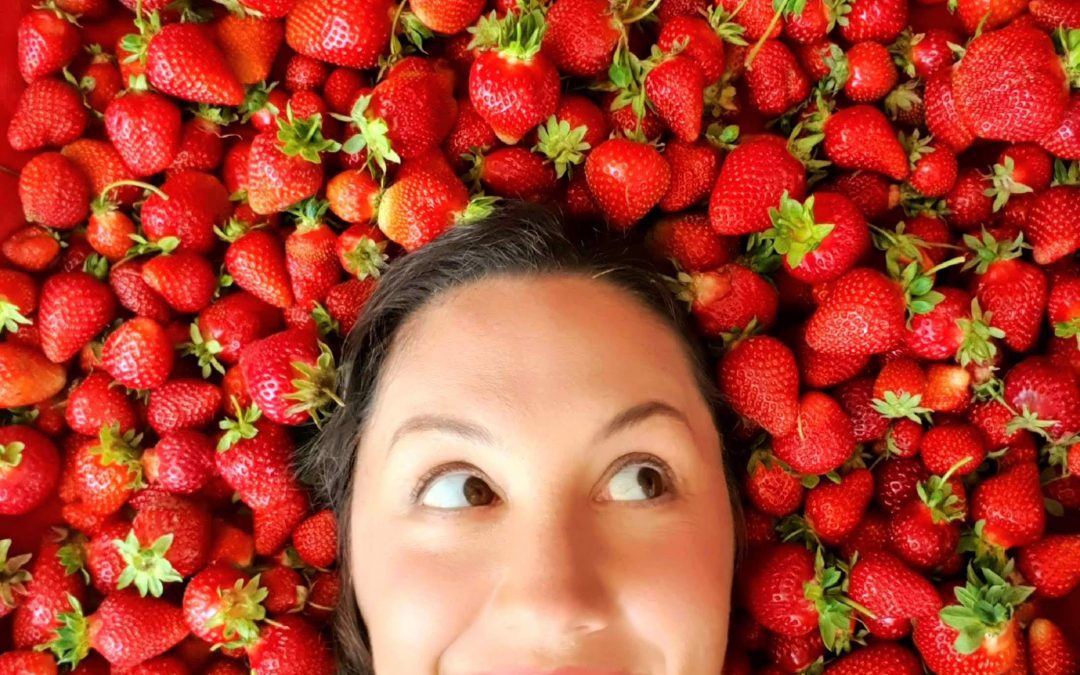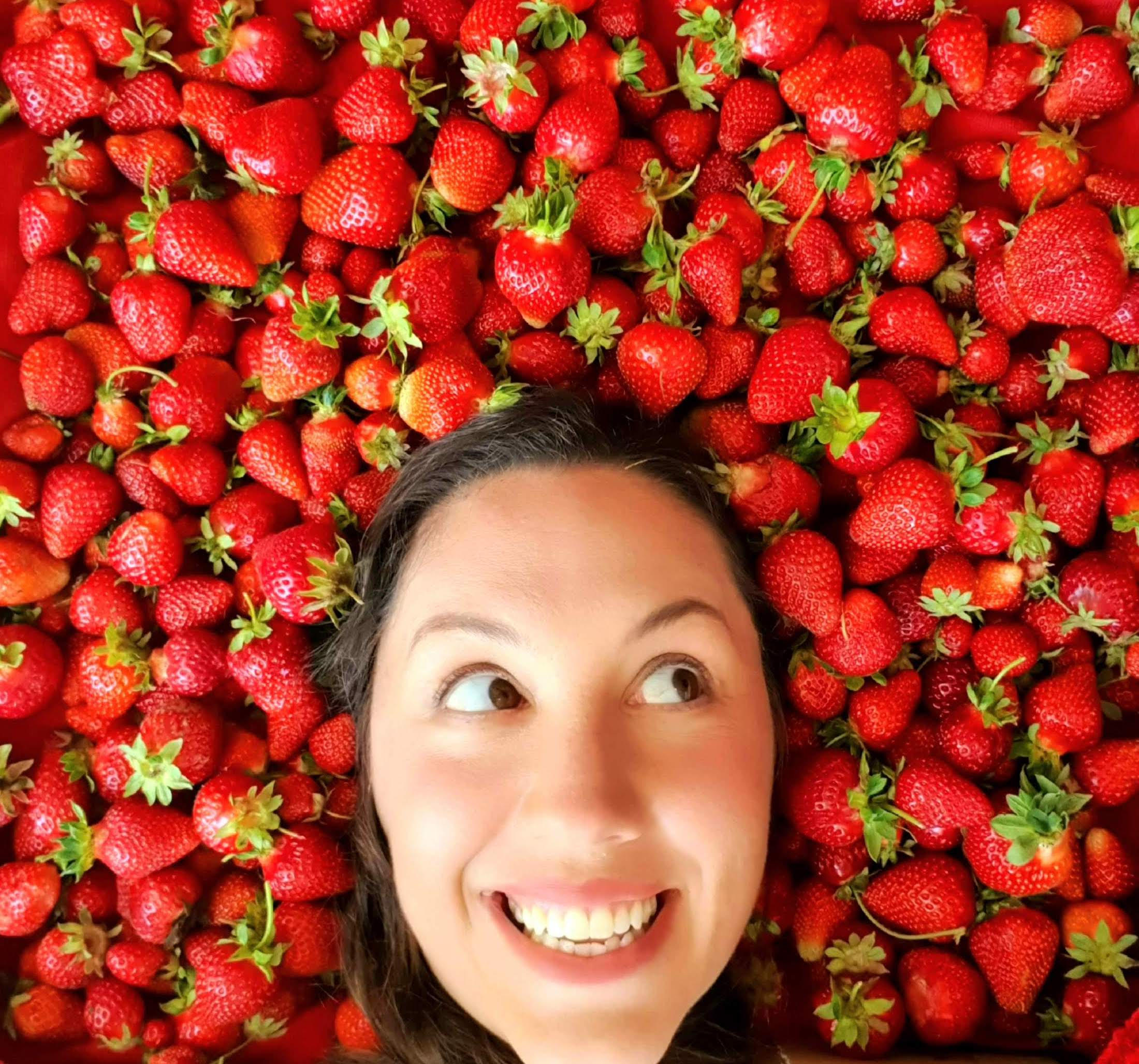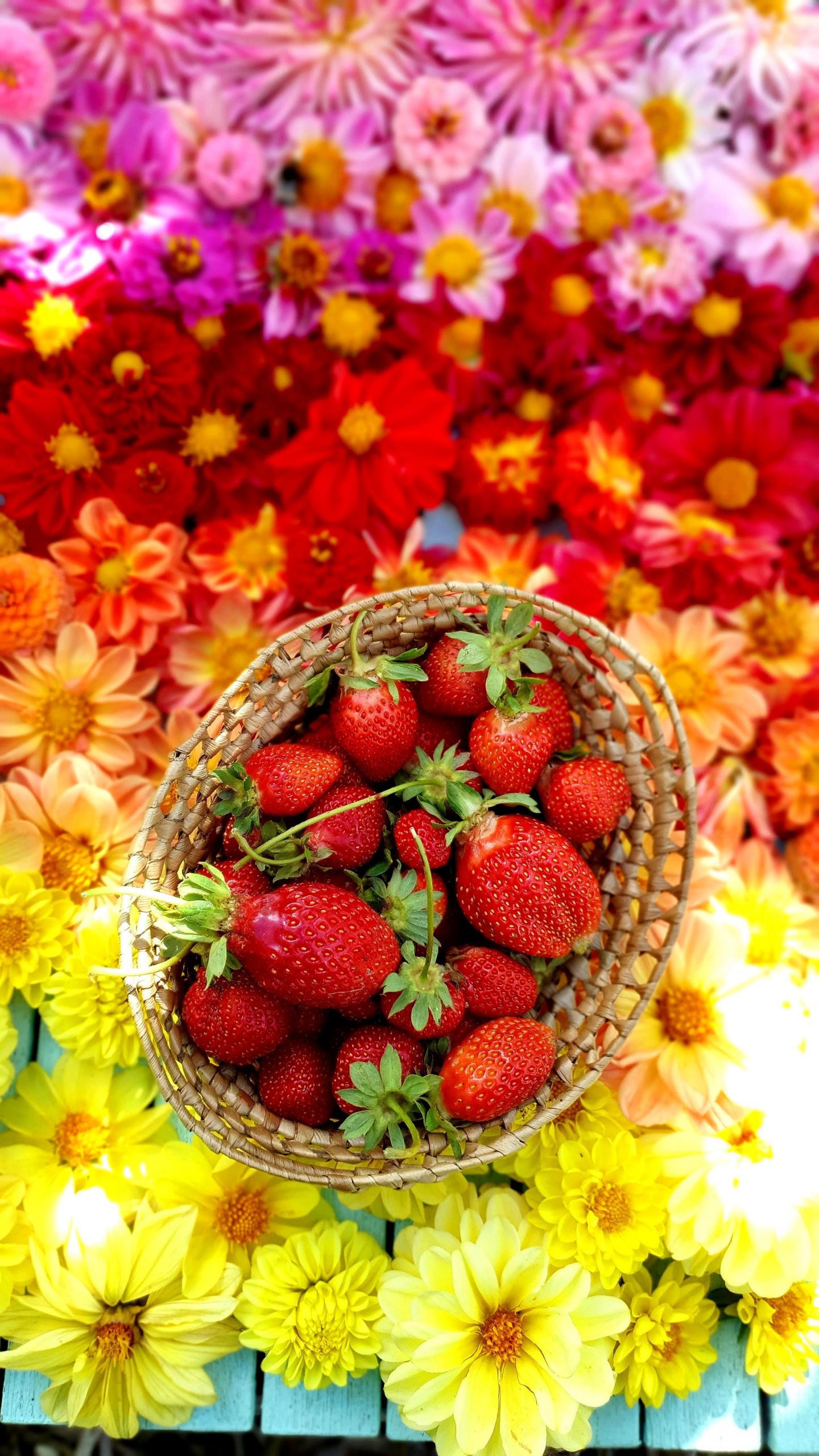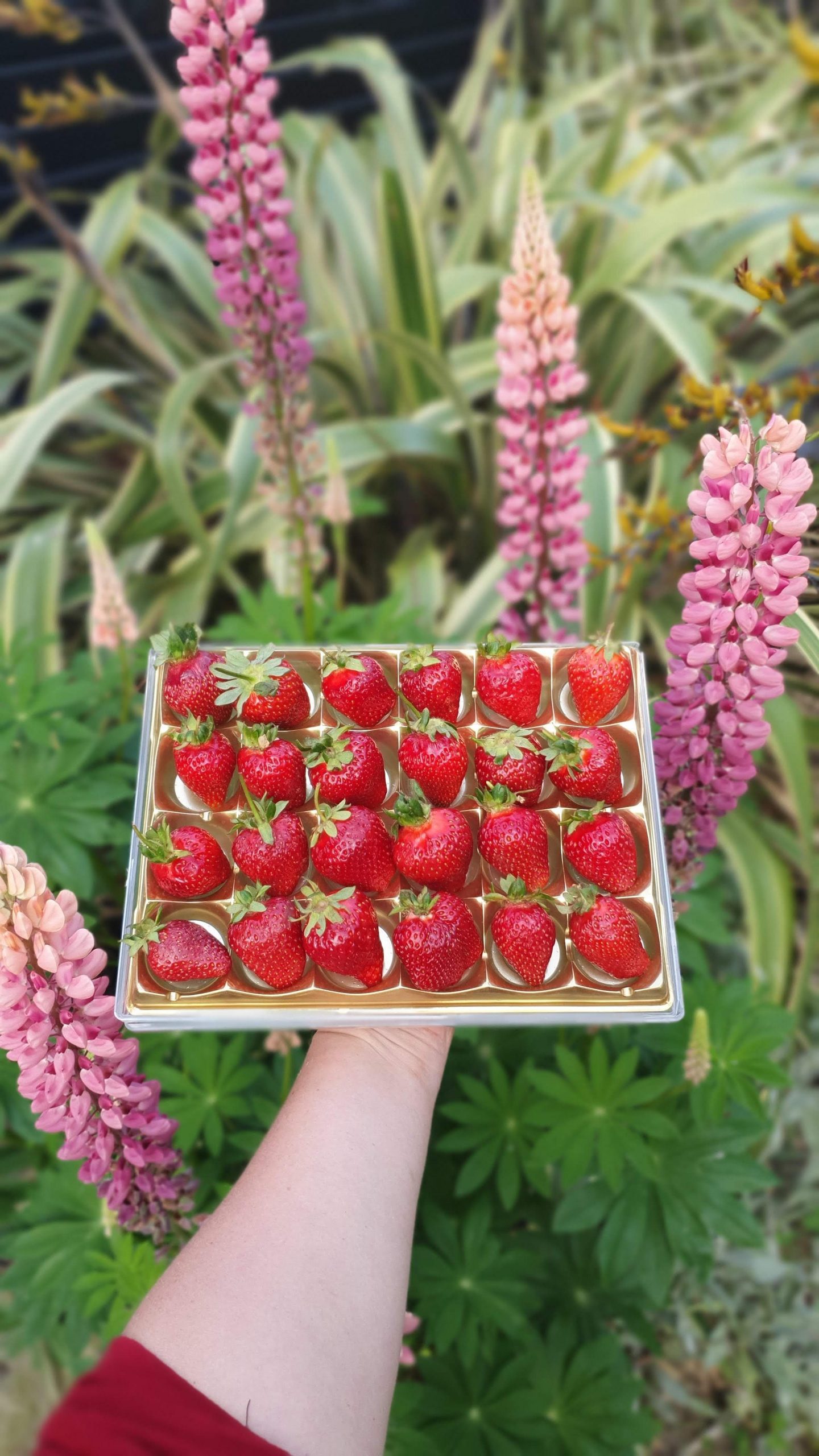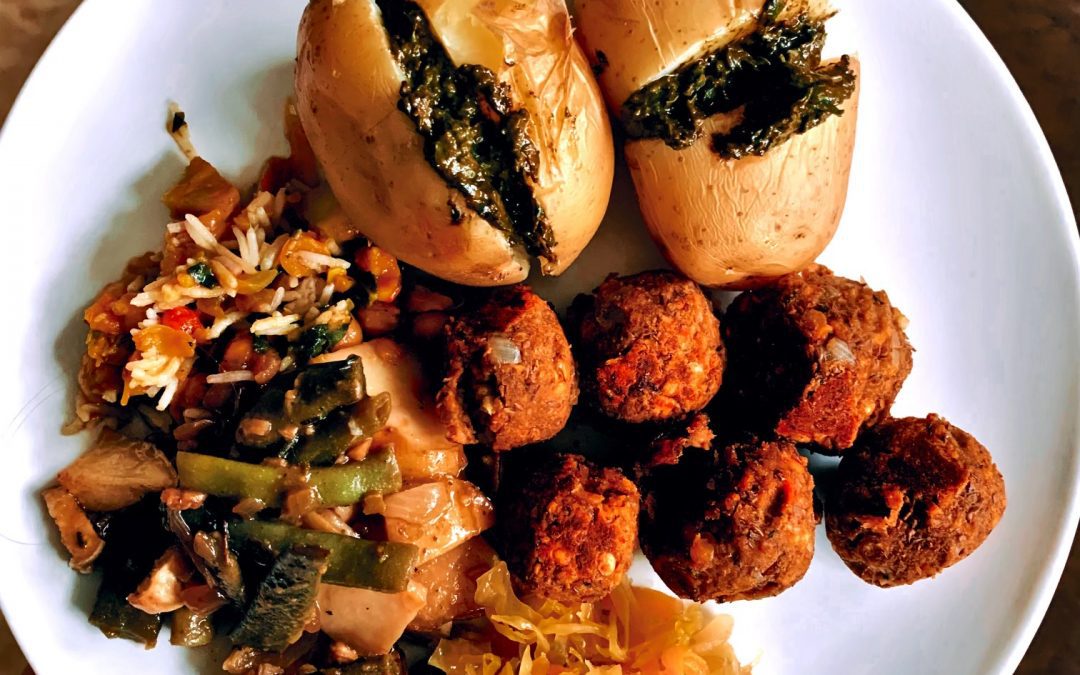
Jess’ Top Tips for Adding More Plants to Your Diet
Jess’ Top Tips for Adding More Plants to Your Diet
At times, the world can seem so chaotic and be really exhausting.
Hearing about the impacts of the climate crisis, food costs increasing … it can all seem very daunting.
But what if I told you, just by changing the way you eat, can change the world AND save money!

Choose your favourite meal and veganise it.
For example, if you love butter chicken, use chickpeas instead of chicken. If you love nachos, use lentils and beans instead of mince.
Using spices is super important!
Some plants, although they are really good for you, are just really bland. Adding spices when you cook them really helps to boost the flavour and will make you love eating plants! My favourite spice is cumin and I literally add it to everything!
An easy swap is changing milk for plant based milk
These are available in supermarkets, but are also very simple and cheap to make. I make my own oat milk and it only takes 5 minutes!
Check out cookbooks at your local library, recipes on Instagram accounts and online.
My favourite are the @tworawsisters , @plasticfreeherbivore , and @naturallynina . These have helped me develop my cooking skills and helped me get creative in the kitchen
Plant based cooking is also a lot more fun than general cooking. I’ve found that cooking with plants has helped me be more creative in the kitchen which has definitely saved me money! Once you get on the plant based journey, you’ll notice that you can cook meals with a lot more ease and not have to keep referring back to a recipe.
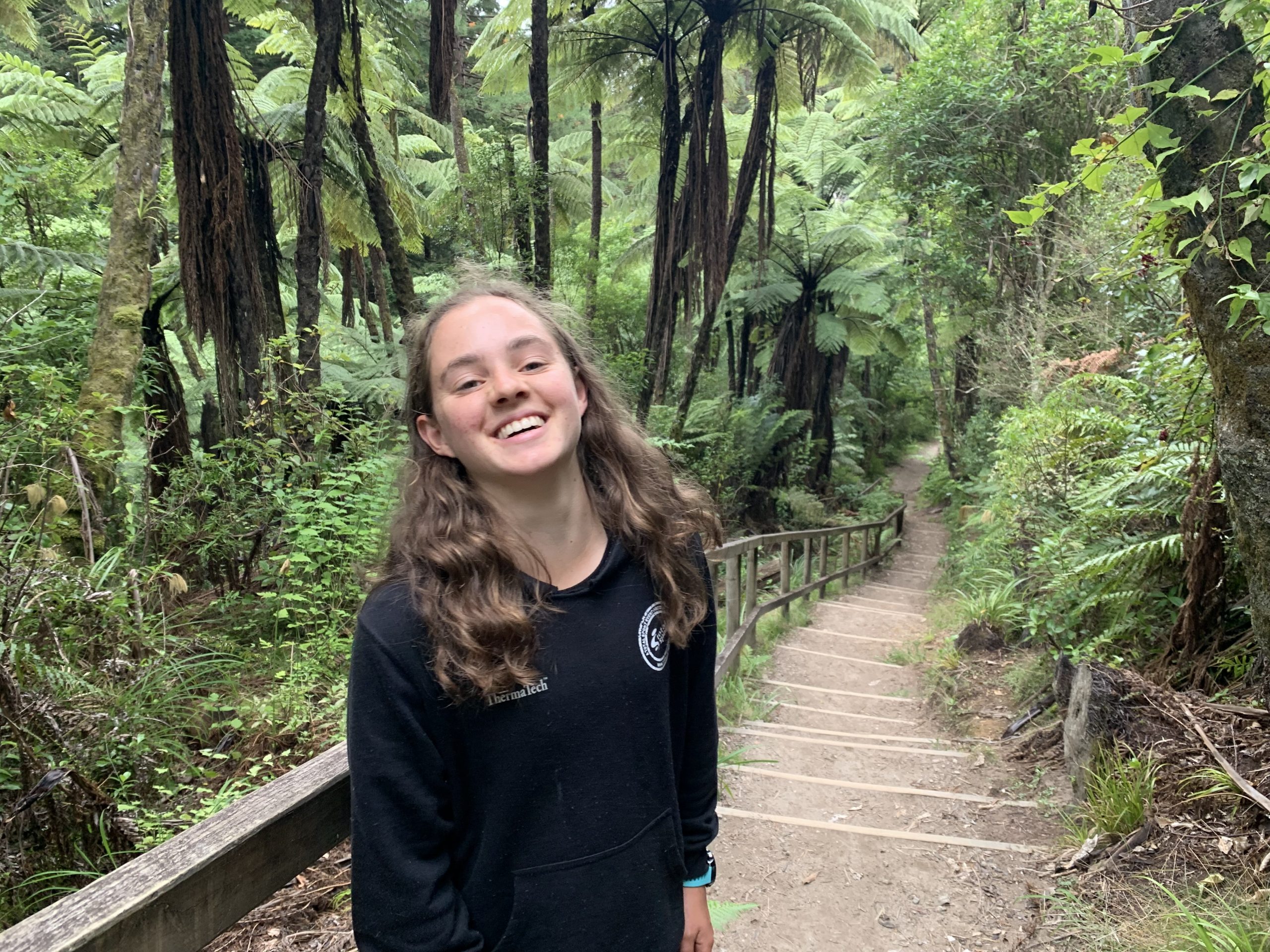
So what are you waiting for?
Words & Images: Jess

